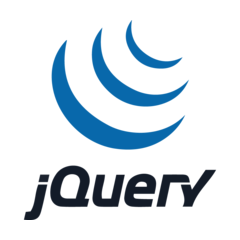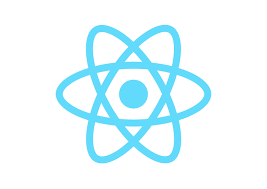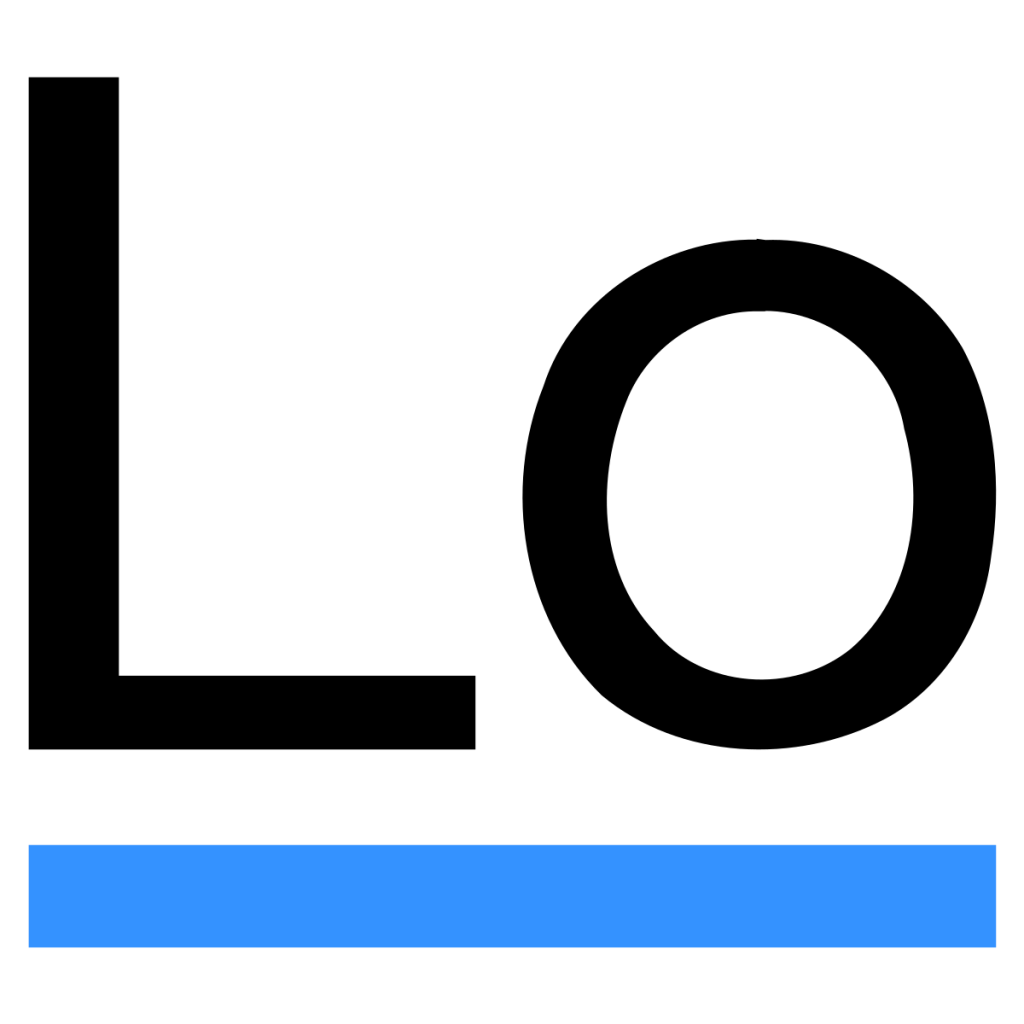Introduction
Virtually every computing device uses JavaScript, including Android phones, iPhones, Microsoft Windows, smart TVs, Apple Mac OS, and many more. There are over 1.6 billion websites in the world, and 95% of them use JavaScript.
JavaScript is a dynamic scripting language designed to extend and build HTML documents. JavaScript is most well known for being the scripting language of the Internet Explorer browser. At least 97% of the websites use it because of its feature of dominant client-side scripting language. The scripts are included from or embedded in HTML documents and interact with DOM. Java scripts are generally used for web applications, where they are used to handle dynamic features on a website such as forms, navigation, advertisements, pop-ups, and animated graphics. In addition, Java scripts can connect to databases or the internet and dynamically display the information.
The features include navigation, forms, and dynamic content presentation. The JavaScript libraries are written in the Java programming language called “Javascript Libraries” because most JavaScript programs are written using the Netscape JavaScript Programming Guide. Javascript Libraries can be used to provide features such as dynamic forms.
Confused about your next job?
What are JavaScript Libraries?

Java Script Libraries are a new application designed to enhance HTML web pages with dynamic features. The features include navigation, forms, and dynamic content presentation. The JavaScript libraries are written in the Java programming language and are called “Java Script Libraries” because most of the JavaScript programs are written using the Netscape JavaScript Programming Guide. Java Script Libraries can be used to provide features such as dynamic forms.
Java Script libraries are used to provide functionality for websites. They are primarily scripts written in the script language of Java. If you’re writing a web application in Java, you may find that you need to use such a library. On the other hand, if you’re writing a website in pure Java, you might not need to use one.
Uses of JavaScript Libraries
JavaScript has been a programming language that is used for web programming. It is flexible and can be used for a variety of purposes. It can be used for programming interactive web pages, programming video games, programming robots, and much more. JavaScript libraries are sets of pre-written JavaScript functions and statements that can be used to extend the capabilities of the JavaScript programming language.
JavaScript libraries are packages of prewritten code that can be used to add new features to your website or app. They can help make complex programming tasks easier, and provide building blocks for programmers to use when creating their own apps. They can also help make your website or app faster, by reducing the amount of code that needs to be downloaded when a page is accessed.
Data Visualization in Maps and Charts
Data visualization is one of the many applications of JavaScript. It is a type of graphic information presentation that helps data be easily analyzed, and it can be used to create charts, maps, graphs, and diagrams. Although JavaScript is a programming language, it also comes with a set of APIs that makes it easy for designers to embed web content into a web page. A great example of this is building interactive maps with Google Maps and Google Earth.
Examples: Chart.js, Apexcharts, Algolia Places
Data Handling
The data in a business is the information that the business has about its current and future customers. Data is fundamental in the world of business because it is the lifeblood of a business. With data, a business can manage, predict, and measure the success of its business.
It is important to keep a record of what is happening in your business. This way, you can go back and look at what happened and evaluate what you did about what happened. This is a great way to record your business and how it is performing. Without a record of your business’s information, you would not know what was going on and how to improve your business.
Examples: D3.js
Effective database management
A business must edit and sort the data of even the minute details. You can read, create, delete, edit, and sort data.
Examples: TaffyDB, ActiveRecord.js
Image Effects
The users can add effects and animations to the images, thus making it unique. The effects can be added using JS Libraries. The changes that can be made include inverting, flipping, adding contrast to the image, lightening, blurring, sharpening, embossing, grayscale, etc.
Examples: ImageFX, Reflection.js
List of the Top JavaScript Libraries
1. jQuery

jQuery is a JavaScript library for Document Object Model (DOM) manipulation. It is lightweight, cross-browser, and feature-rich. It provides a wide variety of techniques that can be used to manipulate HTML and CSS. In addition, it supports many common event-handling techniques such as key, mouse, focus and blur functions, and Ajax calls.
Key points
- jQuery is a feature-rich, fast, and lightweight JavaScript Library
- Built by John Resig at BarCamp NYC in 2006
- Includes minimalistic API, which is easy to use
- Supports an AMD module and is lightweight
- It is easy for beginners as its syntax is similar to CSS
- Uses CSS3 selectors in manipulating style properties and finding elements
2. React.js

React is a JavaScript library that makes it easy to build user interfaces. React takes a declarative approach to building components that can update and animate on their own as a game engine does. A component is built via JavaScript, then rendered to the page. In addition, a component is reusable in that it can be put into another component (like a panel button), and it can be accessed from anywhere on the page (like a button).
Key Points
- It uses lifecycle methods like render and component DidMount. It allows code execution at specific points during an entity’s lifetime.
- It supports JavaScript XML (JSX) that combines both JS and HTML.
- By creating an in-memory cache in a data structure, it uses a virtual DOM
3. D3.js

D3 stands for Data-driven documents. Developers use it for the manipulation of documents based on the data. It was released in the year 2011 under the BSD license.
Key Points
- Supports HTML, CSS, and SVG
- Has a data-driven approach, manipulates the DOM
- Allow more comprehensive graphical complexity within high frame rates by reducing overheads
- Supports a vast number of dynamic behavior and datasets for animations and interaction.
4. Underscore.js

Underscore is a JavaScript utility library that provides various functions for typical programming tasks. Jeremy Askenas created it in 2009, released by MIT license. Underscore is a utility-belt library of JavaScript functions. It is a lot like the native JavaScript library, but with one significant difference: it is optimized for javascript on the server, not on the browser. It is not a complete library like jQuery but a set of practical, standard functions either in the jQuery repository or plain javascript. It has functions for Array, Object, String, Math, Date, RegExp, and a few more.
Key points
- has a functional programming design rather than object prototype extensions
- It has 100+ functions of 4 different types. The functions to manipulate are:
- objects
- arrays
- both object and arrays
- other functions
5. Lodash

Lodash is a javascript utility library. It’s often used for functional programming but is a pretty helpful general-purpose utility library – it’s sort of like Underscore.js but just a lot more. It’s a complete utility library for modern JavaScript developers with over 100 different functions included and a few utility functions and data structure helpers. It’s all built on Underscore, so it’s a drop-in replacement with more parts.
Key points
- Helps you write concise JavaScript codes
- Simplifies common tasks like debouncing, binding, throttling, math operations, etc
- It makes trimming, camel case and uppercase tasks simple
Conclusion
The JavaScript libraries are a new kind of application designed to enhance HTML web pages with dynamic features. The features include navigation, forms, and dynamic content presentation. The JavaScript libraries are written in the Java programming language and are called “Java Script Libraries” because most of the JavaScript programs are written using the Netscape JavaScript Programming Guide. Java Script Libraries can be used to provide features such as dynamic forms.
Javascript libraries can be embedded in web pages to create dynamic effects. For example, web pages can be rendered without any user action. This type of web page is called a “server-side” page because the page, code, and content are all generated on the server and sent to the client. Therefore, the server-side page is called a “server-side page.”
FAQs
Q. What are JavaScript libraries used for?
Javascript libraries allow the creation of web pages without knowledge of the programming language. In addition, they provide the infrastructure for many internet browsing functions, including form validation, dynamic content, and animation.
Q. What was the first JavaScript library?
The first JavaScript library was called Prototype and was released in 1996. However, the Prototype was quickly replaced by the more popular foundation in 1998, known as jQuery.
Q. What are the main features of JavaScript libraries?
JavaScript is a dynamic, loosely-typed, object-oriented scripting language that is used for programming on the web. It is a language commonly used on the internet to create web-based applications.JavaScript has libraries of reusable code for programmers to use. It has a large and vibrant community of JavaScript programmers making them. JavaScript’s features range from basic to advanced. It is an essential programming language for many websites.




